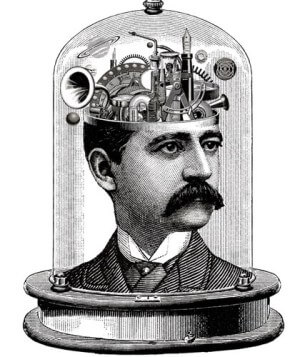 It was a stunning and unexpected defeat. My boss and I were briefing the administrator on our recommended policy position for the agency. We had the research and data; we had a thoughtful, reasonable recommendation; it seemed like a no-brainer.
It was a stunning and unexpected defeat. My boss and I were briefing the administrator on our recommended policy position for the agency. We had the research and data; we had a thoughtful, reasonable recommendation; it seemed like a no-brainer.
We miscalculated badly. The administrator rejected the recommendation and killed the policy. What did we learn?
Government decision-making is a subtle art because decisions are more than they seem. Unlike a business, there is no profit and loss calculation. Return on investment analyses miss policy implications. A government action may be designed to fill gaps left by market forces. All of this means that decisions are not just about the data, rationale, and logic. You also need a skillful dose of intuition.
Here are three questions to engage your intuition and enhance decision-making.
What’s bugging me? My mistake with the administrator was only considering the facts and analysis and not attending to the little nagging voice inside. That little voice brings insight from deep inside your brain based on experiences. Time pressures make it oh-so easy to stay on the surface of an issue and ignore the nudge that something just doesn’t sit right. That nudge contains wisdom that goes beyond facts.
Tap into that wisdom by asking, “What’s bugging me about this?” Force yourself to sit with the question until answers bubble up. Moreover, respect the answers that arrive; they are filled with data of a different sort. “What’s bugging me about this” would have helped me realize the political nature of our policy position. Perhaps I would have sensed the awkward position it placed the administrator in. You have internal wisdom but too often, we bury it under a pile of logic and data. Don’t do it. What’s bugging you? Ask and wait for the answer and give the answer full consideration.
What’s really going on? We presented our policy position calmly and rationally. The administrator’s reaction was neither. It was explosive and emotion-filled. As we walked out, defeated, I thought, “Wow. What was that about?” Strong reactions come from a triggered hot-button. Hot-buttons may happen if a situation crosses a value system, principle, or hits an unconscious bias. Whether it is you or someone else who reacted, there is much to be learned from asking, “What was really going on?” Sit with the question and probe for understanding.
Had I asked what was really going on for the Administrator, I may have realized that our policy position conflicted with her previous positions in state agencies; our position removed flexibility for states, which as a former state CEO, was likely against her principles. We may not have deduced this before walking in the door, but asking, “what’s really going on?” would provide insight for the next time.
What worked or didn’t? I interviewed 77 leaders, many in government, about the use of intuition in decision-making. A characteristic that they shared is the discipline to examine what worked and didn’t, file it away in their brain, and learn for the next time. It is not rocket science, but too frequently we rush to the easy conclusion: “We can’t work with her; she’s unreasonable.” Maybe, but that is likely to be too simplistic. After any big decision make a few moments to ask what worked or didn’t and what you could have done differently. The thought process strengthens your intuition for the next time.
It takes courage to examine what worked or didn’t. In our case, we needed data and analysis but it did not work to only have data and analysis. We needed more energy examining the factors such as political ramifications and alignment with governing philosophy.
These three questions form a circle. When you ask, “what’s really going on?” and “what worked or didn’t,” the brain files those insights away. You have that wisdom when the next decision comes along, and the new wisdom will show up as the little nagging feeling. You will find it by asking, “What’s bugging me about this?” The cycle starts again but this time with enhanced insight.



